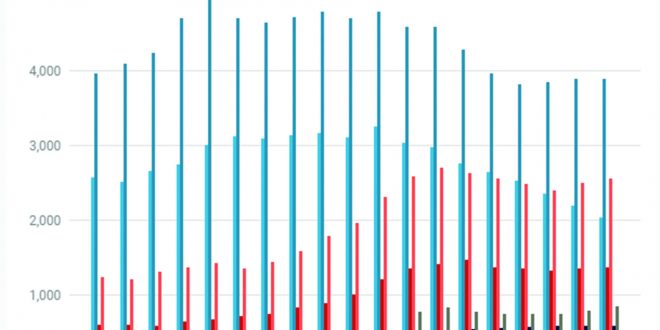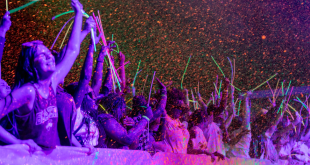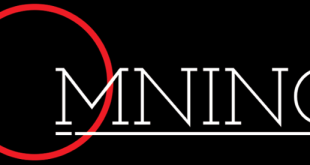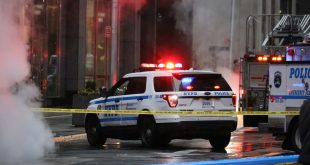Recently, I overheard a conversation between two students in the dining area of the Student Union. They were talking about the racial demographics of VSU and wondering aloud what percent of VSU students are black or African American. Thinking about their conversation made me want to do some research, so I reviewed enrollment by race or ethnicity data from the VSU fact books from years 1999 through 2017. I found an answer to their question and several other interesting trends to consider.
The first thing I realized when reviewing the trends in the data is that VSU is changing. For the average student, four years (or five, according to some researchers) will be enough to get a degree, but it likely won’t be enough to witness noticeable change before your eyes. But looking at the data (and chart posted below) shows that VSU’s students tell us a lot about the student body, its growth and its changes.
In the span of 18 years, VSU’s student body has become gradually more diverse. This includes the growth of its African-American student population from 21 percent of total student population in 1999 to about 35 percent in 2017. The growth has been consistent through the years, too. The black or African-American student population at VSU has either increased or remained within a few percentage points of its previous year every year within the range I studied. And while black or African-American females have outnumbered black or African-American males at VSU every year within that same range, both groups have followed near-simultaneous growth relative to their numbers.
At the same time, the white or Caucasian student population has undone some changes. But while populations of both white or Caucasian males and females have generally decreased since 2009, white or Caucasian males have done so in a more dramatic fashion. White or Caucasian female numbers leveled off in 2014, remaining consistent in the years following, and are the most consistently similar numbers of any group year in and year out. But white or Caucasian males have declined every year since 2009. Starting in 2015, black or African-American females outnumbered white or Caucasian males and have every year since. This trend looks likely to continue.
Finally, it’s worth noting that the population of students that identify as neither black nor white has increased tremendously since 1999 relative to its size. In 1999, this group comprised about 3 percent of VSU’s student population. By 2017, these students have more than quadrupled and represent over 12 percent of the student population.
These numbers tell a story of growth and growing diversity. And as schools follow trends such as these, administration must act and react to foster such growth. Bryce Ethridge, my colleague at The Spectator, wrote last fall about VSU’s standing as a diverse institution, including its most glaring shortcoming. Ultimately, the university will continue to be put to the test of how it fosters inclusion and educates its diverse and ever-changing student body in the coming semesters. The only thing that stays the same is constant change.
How do you feel about the climate of our diverse campus? Does VSU do enough to cater to its student population? Are there any changes you’d like to see around VSU? If you’ve got thoughts on any of these subjects, tweet @vsuspectator or email me at radavison@valdosta.edu
 The Spectator The independent student newspaper of Valdosta State University
The Spectator The independent student newspaper of Valdosta State University







